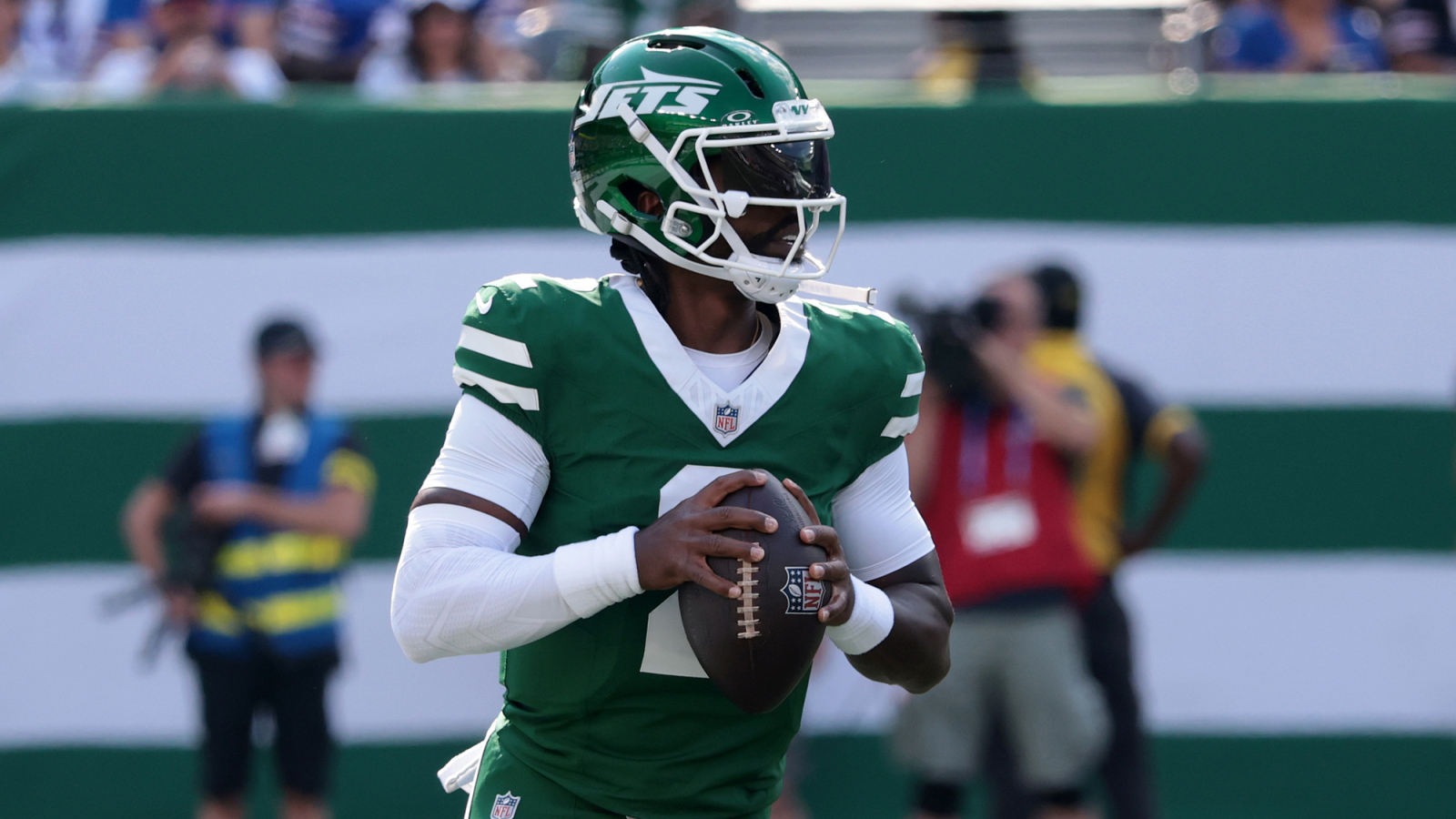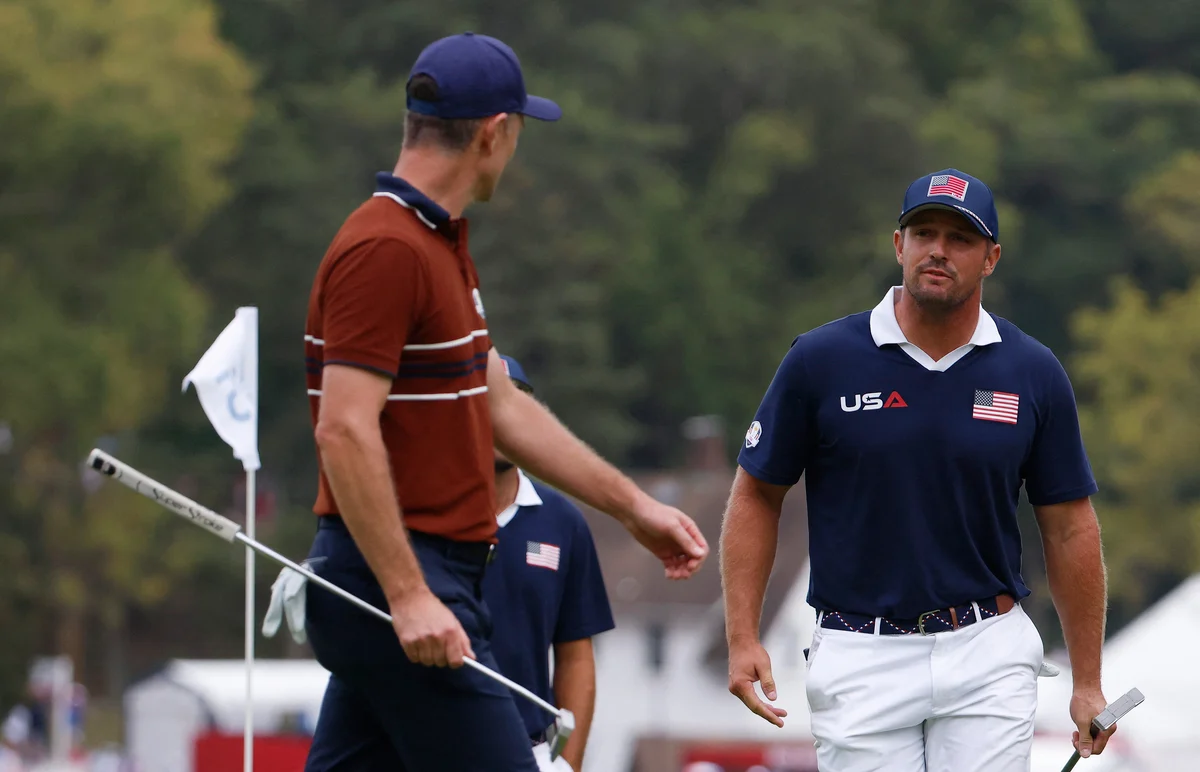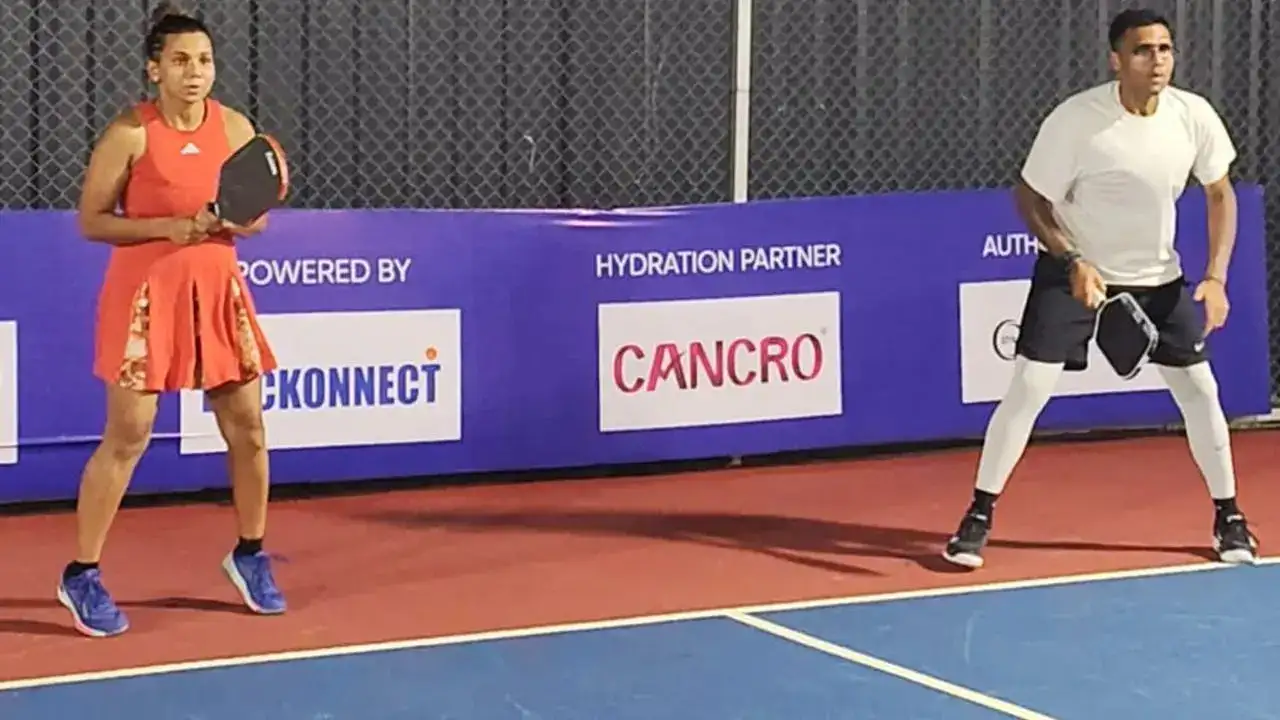By Aamir Shafaat Khan
Copyright dawn

Elites have enthusiastically turned towards sports utility vehicles (SUVs), whether they are powered by internal combustion engines (ICEs) or hybrid electric vehicles (HEVs), plug-in hybrid electric vehicles, or electric vehicles (EVs). Auto stakeholders believe that this trend is not confined to Pakistan alone, as SUVs are taking over ICE cars.
Market pundits claim that Korean and Chinese SUVs have become a status symbol in urban areas. However, the Japanese Toyota Fortuner still holds its grip among rural elites for making a lasting impression.
Different EVs can be seen parked next to ICE in bungalows in post areas, though in some cases, the rich have shifted entirely to electrified vehicles. A sort of competition is underway among these influential individuals.
YouTubers and social media personalities are also creating videos featuring the owners of new HEVs, EVs, and PHEVs, showcasing their growing popularity and signaling a transition from ICE vehicles to different modes of EVs. Certainly, the social media influencers must also be gaining subscribers to monetize their channels, along with paid promotions.
Demand for vehicles is likely to remain robust over the next two to three months, given the rising imports of CKD/SKD kits by assemblers
The market share of SUVs in the ICE category shrank to 51 per cent in September 2024–August 2025, from 54pc in September 2023–August 2024, while the share of SUVs (HEVs, PHEVs and EVs) rose to 49pc from 46pc over the same period, according to data from the Pakistan Automotive Manufacturers Association (PAMA) and market intelligence.
“The shift from sedans to SUVs is global. In developed countries, conversion has reached 50pc, while in Pakistan, SUVs account for only an 18pc share,” said Syed Asif Ahmed, General Manager Sales and Marketing at MG Pakistan.
Total SUV sales (ICEs, HEVs, PHEVs, and EVs) surged to 41,674 units in September 2024–August 2025, up from 27,758 units a year earlier. Among brands, Sazgar Haval stood out, more than doubling sales to 11,135 units.
Both the Koreans and Chinese still have a long way to go before they can challenge the quality, durability, and reliability of Japanese automakers, which are highly valued in Pakistan. This holds true for both urban and rural customers, Mr Ahmed believes.
“EV offers great value for everyday city use. Currently, EVs offer good value for money as the second car in affluent families,” Mr Ahmed said. Pakistan’s first locally assembled MG HS PHEV is an ideal option for city driving. Priced at approximately Rs 10 million, it has a pure electric range of over 52 km. It works as a true hybrid — running on battery for short trips while relying on petrol for longer drives.
Haval’s and MG’s sales data show that they are more popular in the PHEV category, while KIA, Changan, and MG struggled to sell EVs. BYD has become the leading EV brand in Pakistan, taking the crown from MG in 2025. Chinese EV giant BYD has sold more than 2,000 vehicles in the last six months, while orders for the BYD Shark models are close to 1,000 units.
Across all engine categories, Haval’s overall brand-wise market share edged up to 27pc from 24pc, while MG’s share rose to 6pc from 3pc.
Auto Financing
Outstan-ding auto loans rose to Rs294 billion at the end of August 2025 from Rs285.6bn in July, marking the ninth consecutive month of growth, according to the State Bank of Pakistan’s (SBP) data. Despite the positive trend, the current level remains well below the all-time high of Rs368bn recorded in June 2022.
Improved consumer sentiment and a reduction in lending rates to 11pc from 22pc in June 2024 are driving up auto loans, despite a price hike in cars following the adoption of the New Energy Vehicle policy on July 1, 2025.
Demand for vehicles is likely to remain robust over the next two to three months, given the rising imports of semi- and completely knocked-down (CKD/SKD) kits by assemblers. Imports of CKDs/SKDs for cars during July–August FY26 rose by 129pc to $305mn, compared with $133mn in the same period last year.
As per data of Pakistan Bureau of Statistics (PBS), import of CKDs/SKDs for cars during July-August FY26 rose by 129pc to $305m as compared to $133m in the same period last fiscal year.
However, for many buyers, the existing cap of Rs3m on auto loans is still a hurdle. Auto financing may increase if the central bank considers raising the limit to Rs6m, but the SBP appears reluctant as a higher cap may push up demand for vehicles as well as imports of parts and accessories, which could create a foreign exchange crisis.
The SBP’s conditions, such as a 30pc down payment, the shorter repayment durations of five years for vehicles up to 1,000cc and just three years for small cars, are also hurdles for auto financing.
After a 43pc jump in sales of cars, SUVs, pickups, and vans to 148,023 units in FY25 from 103,829 units in FY24, the new fiscal year also began with a 45pc rise in sales during July-August FY26 to 25,093 from 17,288 in the same period last fiscal.
After a 43pc jump in sales of cars, SUVs, pickups and vans — rising to 148,023 units in FY25 from 103,829 in FY24 — the new fiscal year also opened strong, with July–August FY26 sales up 45pc to 25,093 units from 17,288 a year earlier.
Published in Dawn, The Business and Finance Weekly, September 29, 2025



